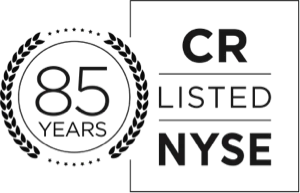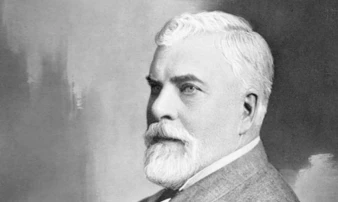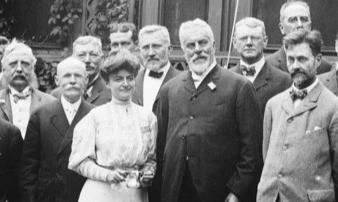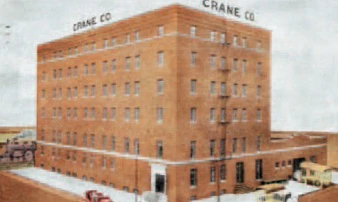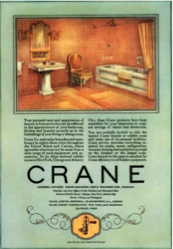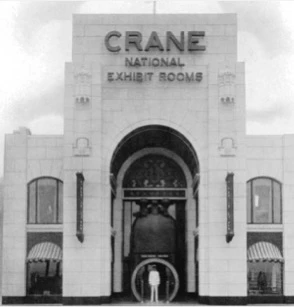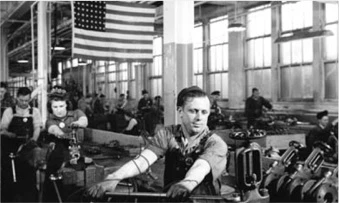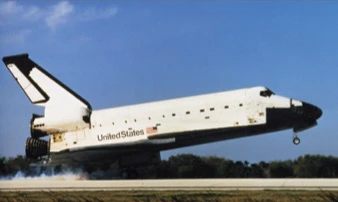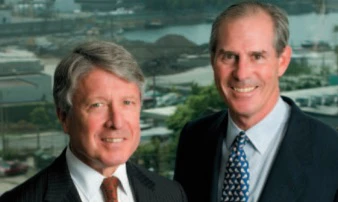Our History
You can’t run a railroad or build a dam, operate a paper mill or lay a sewer, dig an oil well or heat a hospital, or launch a battleship or even take a shower without using one of the more than 40,000-odd products that are made by Crane Company.
Fortune Magazine, July 1936
This observation in the July 1936 issue of Fortune magazine summed up our company’s position well, and within ten years of that article, aviation and high speed flight were added to the list. Today, Crane innovation can be found behind the scenes virtually everywhere, helping everyday life run efficiently. Key events in the Company’s more than 150-year history are highlighted in the timeline below. You are invited to explore the chapters of our history in the pages of Crane: 150 Years Together.


